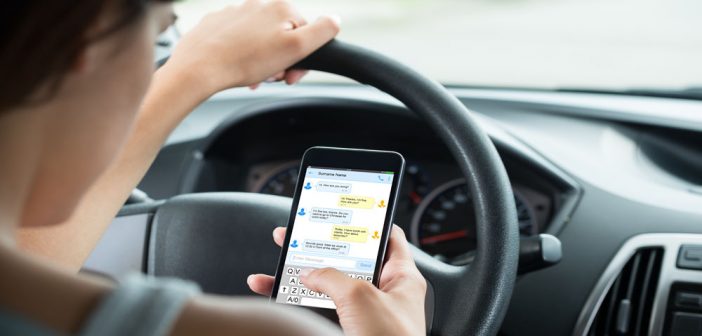Distracted driving is a major cause of automotive accidents. Consider these practical tips to reduce your chances of encountering distraction problems on the road.
Adjust your Seat Before Starting the Ignition
Today, many vehicles offer comfortable, flexible seating. Drivers avoid problems by ensuring they completely adjust seating before starting the vehicle. If you need to re-adjust the seats, pull into a parking spot first.
Make Sure Pets & Children Travel Securely
Allowing children or family pets to wander through the vehicle during a road trip sometimes distracts a driver. State laws provide detailed regulations for securing children in approved, correctly-sized safety seats. Consider placing pets in secure travel crates to prevent them from becoming a distraction on the road.
Don’t Apply Makeup or Eat Behind the Wheel
Never multi-task behind the wheel. Undertaking tasks such as eating or applying cosmetics easily distracts drivers
Don’t Use a Mobile Device While Driving
One of the leading causes of distracted driving today involves sending and receiving phone calls and/or text messages. Experts recommend not engaging in remote conversations while driving. Even a hands-free cell phone call may preoccupy a driver and take attention away from traffic conditions.
Upload Media prior to Starting the Ignition
If you enjoy listening to music or other infotainment while driving, consider adjusting the controls prior to setting out on a road trip. Many vehicles offer sophisticated touch screen capabilities. Drivers should pull off the road into an approved parking location in order to perform touch screen adjustments.
Keep Sunglasses Available
Glaring sunlight can pose a driving distraction. Keep a set of sunglasses readily available in the vehicle to reduce extreme sun glare.
Prevent Drowsy Driving
Distracted driving occurs when a driver grows tired or drowsy at the wheel. Many newer models of vehicles include sophisticated sensor systems designed to help minimize accidents by alerting drivers to unexpected lane departures due to drowsy driving. However, these high tech systems cannot serve as a substitute for alert driving. If you become sleepy while driving and feel tempted to doze off, pull safely off the road and stop. Only resume driving once you feel wide awake.
Follow these simple guidelines, they’ll help prevent many situations associated with distracted driving.









